Vietnam among top three performers in Asia
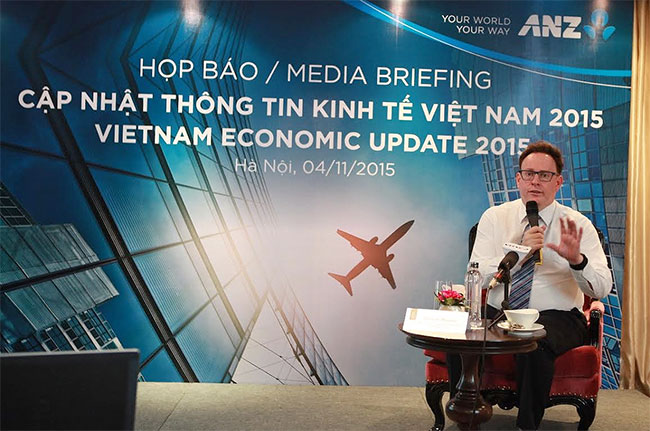
Despite the fact that all Asian countries have been suffering from slowing exports, Vietnam has in fact outperformed its regional peers in its export of phones, computers, and related components.
“The one economy in Asia that is not experiencing trade recession is Vietnam. The country is experiencing strong export and import growth. And this is even more impressive given that the dong has remained relative stable over this period,” said the Singapore-based chief economist during ANZ’s media briefing on Global and Vietnam Economic Update held last week. “Other currencies, such as the Thai baht and the Malaysian ringgit, have weakened significantly.”
Glenn stressed that the country’s export growth continues to buck regional contraction. “Vietnam has outperformed every other country in Asia on the trade front,” he noted, adding that such a result was brought about by the country’s quick action to diversify its export production base.
Five years ago, Vietnam had a relatively very small export base, concentrating on low value-added sectors, such as textile, crude oil, and aquatic products. The composition of Vietnamese export at present, has been significantly diversified, particularly the aforementioned phones, computers and related components sectors.
“They [phones, computers, and components,] account for up to 50 per cent of the total export volume, up from around 5-8 per cent some five years ago,” said Glenn.
Meanwhile, other indicators also highlight Vietnam’s strengthening position among emerging markets. The country’s gross domestic product (GDP), according to Glenn, posted a higher-than-expected 6.5 per cent growth, which in turn leads ANZ to raise their GDP forecast for Vietnam to 6.8 per cent in 2015, 6.9 per cent in 2016, and 7-7.5 per cent in 2017, should the trends of strong recovery since 2011 and strong outperformance of the rest of Asia persists.
Stout foreign direct investment (FDI) in Vietnam, thanks to the Trans-Pacific Partnership and other free trade agreements, will likely raise local productivity on the long-run. According to the ANZ reports, as of September, newly registered FDI reached over $11 billion year-to-date, of which 53 per cent went into the manufacturing sector. While newly pledged FDI flows may likely to ease in the medium-term, the continued flow into the manufacturing sector is expected to boost domestic productivity on the long run. The country’s disbursed FDI was reported at $9.5 billion, a 13.5 per cent hike since the beginning of the year.
Glenn went on to say that the country’s current account deficit, on the other hand, did not pose as great a threat, given that necessary adjustments to the exchange rate were allowed to reflect the reality in external payments and the forex rate would eventually stabilise external trade to a more sustainable path.
However, if the devaluation of the dong is constrained at 2 per cent a year, as per the central bank’s decision, at a time when the current account is alarmingly in the red, the risk of eating up foreign reserves will be material, he noted.
Above all, domestic inflation is anticipated to round up to 1 per cent this year and is expected to go as high as 2.8 per cent in 2016.
“We’re quite confident on the outlook of the Vietnamese economy. Our own consumer confidence measure for Vietnam remains higher than it was in 2014,” Glenn concluded.
What the stars mean:
★ Poor ★ ★ Promising ★★★ Good ★★★★ Very good ★★★★★ Exceptional
Latest News
More News
- Vietnam shows potential as global AI hub (August 24, 2024 | 10:00)
- Business breakthroughs made through innovation and renovation (August 23, 2024 | 11:08)
- Tax authorities to put retailers selling through livestreaming under scrutiny (August 22, 2024 | 10:32)
- President of Australian Senate to pay official visit to Vietnam (August 22, 2024 | 10:01)
- Cross-border e-commerce to be boosted (August 21, 2024 | 10:41)
- Consumer finance regains growth momentum (August 20, 2024 | 10:05)
- Vietnam advised to develop aviation supporting industries (August 17, 2024 | 12:30)
- Ba Ria-Vung Tau to become a global logistics hub (August 16, 2024 | 17:31)
- New car sales hit yearly high of 29,000 in July (August 16, 2024 | 13:31)
- South Korea and Vietnam complete $5.5 million Smart City Cooperation Centre in Hanoi (August 16, 2024 | 09:46)



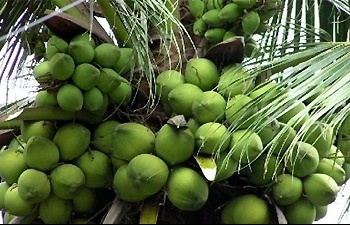







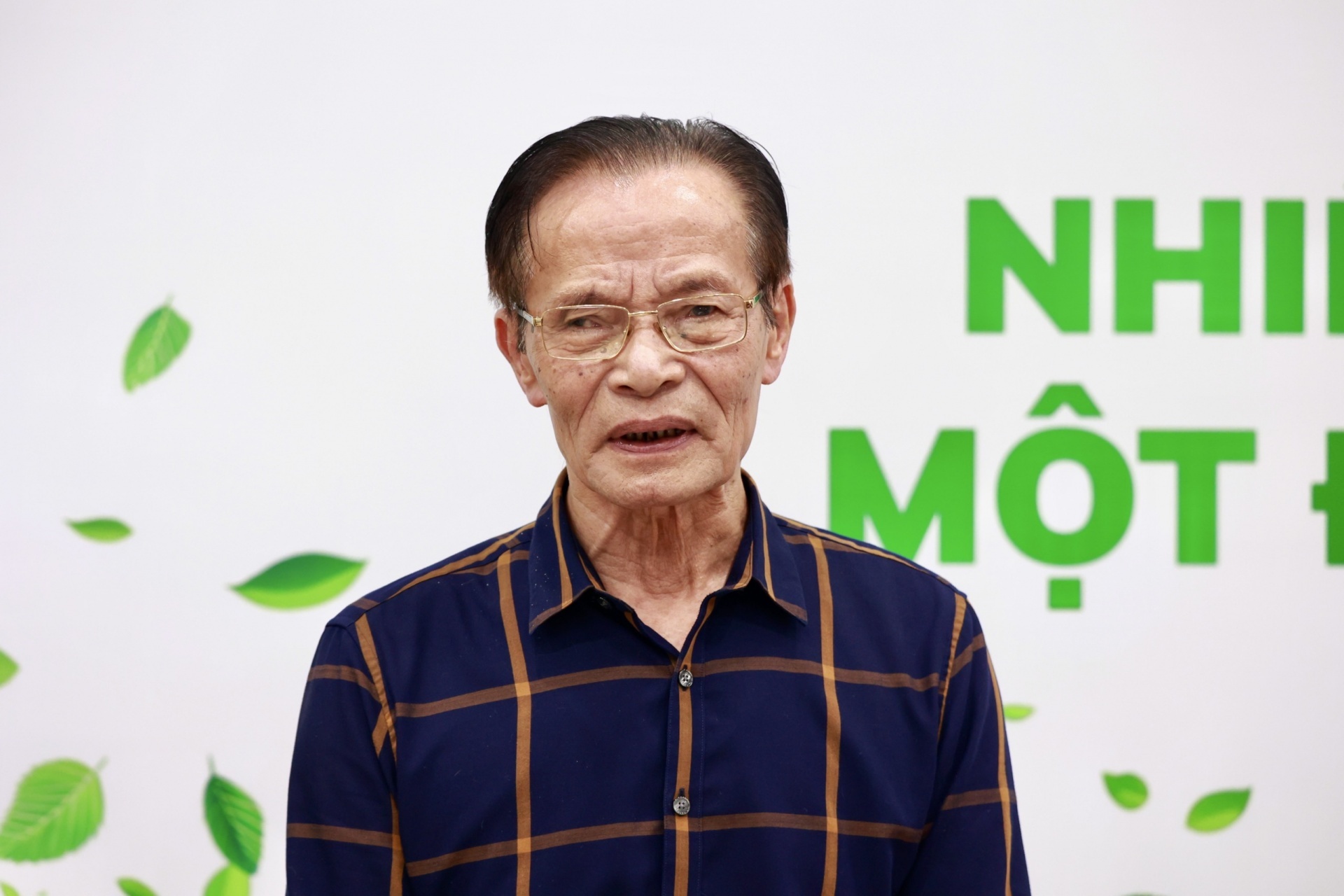
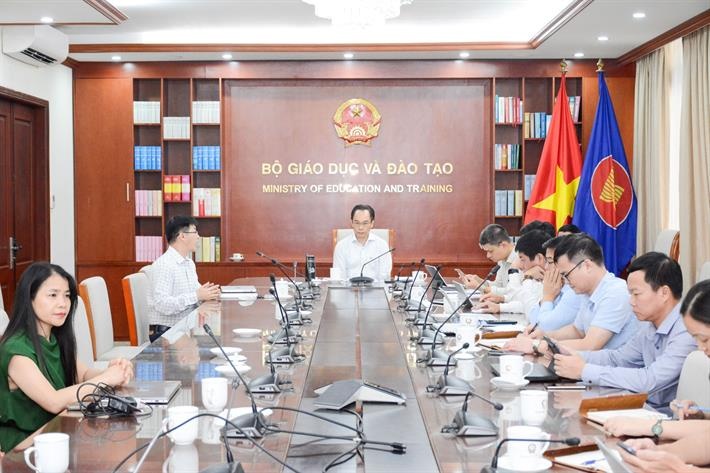
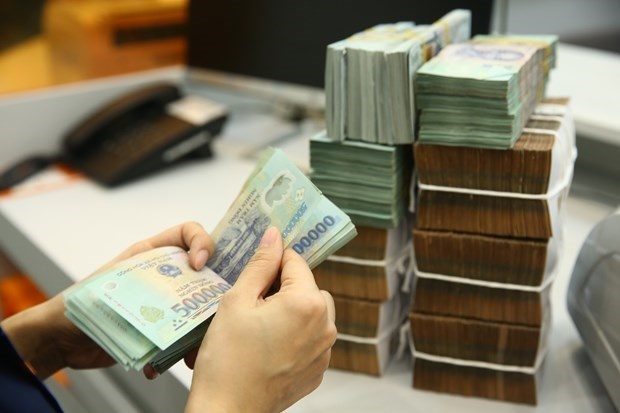



 Mobile Version
Mobile Version